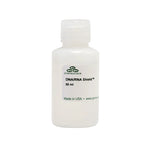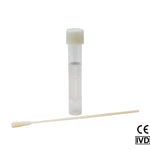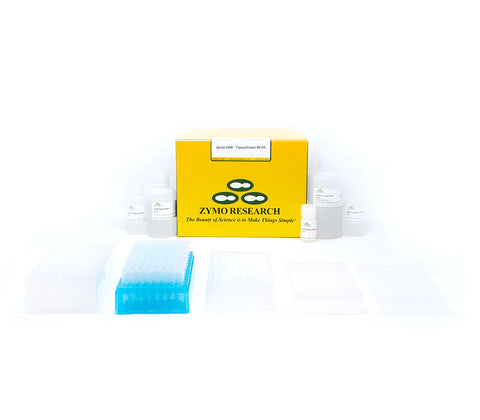Successfully Added to Cart
Customers also bought...
-
 DNA/RNA Shield (50 ml)Cat#: R1100-50DNA/RNA Shield reagent is a DNA and RNA stabilization solution for nucleic acids in any biological sample. This DNA and RNA stabilization solution preserves the...
DNA/RNA Shield (50 ml)Cat#: R1100-50DNA/RNA Shield reagent is a DNA and RNA stabilization solution for nucleic acids in any biological sample. This DNA and RNA stabilization solution preserves the... -
 DNA/RNA Shield SafeCollect Swab Collection Kit, 1ml (1 collection kit)Cat#: R1160The DNA/RNA Shield SafeCollect Swab Collection Kit is a user-friendly collection kit for stabilizing the nucleic acid content of samples collected with a swab. DNA/RNA Shield completely inactivates harmful pathogens...
DNA/RNA Shield SafeCollect Swab Collection Kit, 1ml (1 collection kit)Cat#: R1160The DNA/RNA Shield SafeCollect Swab Collection Kit is a user-friendly collection kit for stabilizing the nucleic acid content of samples collected with a swab. DNA/RNA Shield completely inactivates harmful pathogens...
Quick-DNA Tissue/Insect 96 Kit
D6017

Highlights
- Simple, high-throughput (96-well) method for efficient isolation of DNA from insects, including mosquitoes, bees, lice, ticks, and D. melanogaster .
- Compatible with tough-to-lyse tissues from other organisms.
Description
| Applicable For | All sensitive downstream applications such as qPCR and Next-Generation sequencing. |
|---|---|
| Elution Volume | ≥ 25 µl |
| Equipment | Centrifuge with microplate carriers, 96-well plate/block disruptor or pulverizer. |
| Purity | A260/A280 nm ≥1.8. |
| Sample Source | Insect or solid tissue |
| Sample Storage | DNA stored at ≤ -20°C. |
| Size Range | Capable of recovering genomic DNA up to and above 40 kb. Typical fragment sizes range from 25 kb - 35 kb. If present, parasitic and viral DNA will also be recovered. |
| Supplemental Info | |
| Type | Total DNA |
| Yield | 5 µg total DNA |
Q1: My lysate seems viscous. What is causing this to happen? How can I fix this?
A viscous sample can indicate incomplete sample lysis. Try using less of your sample and optimize bead beating conditions (duration, speed, time) to ensure samples are thoroughly lysed. After bead beating, pellet the cell debris before moving on. Adding more Genomic Lysis buffer to the lysate can help dilute and deproteinate the sample, making the sample less viscous and more suitable for DNA recovery.
Q2: Is it necessary to add beta-mercaptoethanol? Can this step be substituted or omitted?
Addition of beta-mercaptoethanol is recommended to enhance sample lysis, but can be substituted with dithiothreitol (DTT, final concentration of 10 mM). However, if bead beating is optimized and lysis is efficient, the addition of BME is not necessary and can be omitted.
Q3: When can an RNase A treatment be implemented in the protocol?
No additional RNase A treatment is required when processing samples within kit capacity. The selective chemistry allows for binding of double stranded DNA to the column and for RNA to flow through.
| Cat # | Name | Size | |
|---|---|---|---|
| S6002-96-2 | ZR-96 BashingBead Lysis Rack | 2 mm | |
| C2003 | Elution Plate | 2 Plates | |
| C2002 | Collection Plate | 2 Plates | |
| C2001 | Silicon-A Plate | 2 Plates | |
| P1001-2 | 96-Well Block | 2 Blocks | |
| C2007-4 | 96-Well Plate Cover Foil | 4 Foils | |
| D6001-3-40 | BashingBead Buffer | 40 ml | |
| D3004-5-50 | DNA Pre-Wash Buffer | 50 ml | |
| D3004-4-10 | DNA Elution Buffer | 10 ml | |
| D3004-2-100 | g-DNA Wash Buffer | 100 ml | |
| D3004-1-150 | Genomic Lysis Buffer | 150 ml | |

